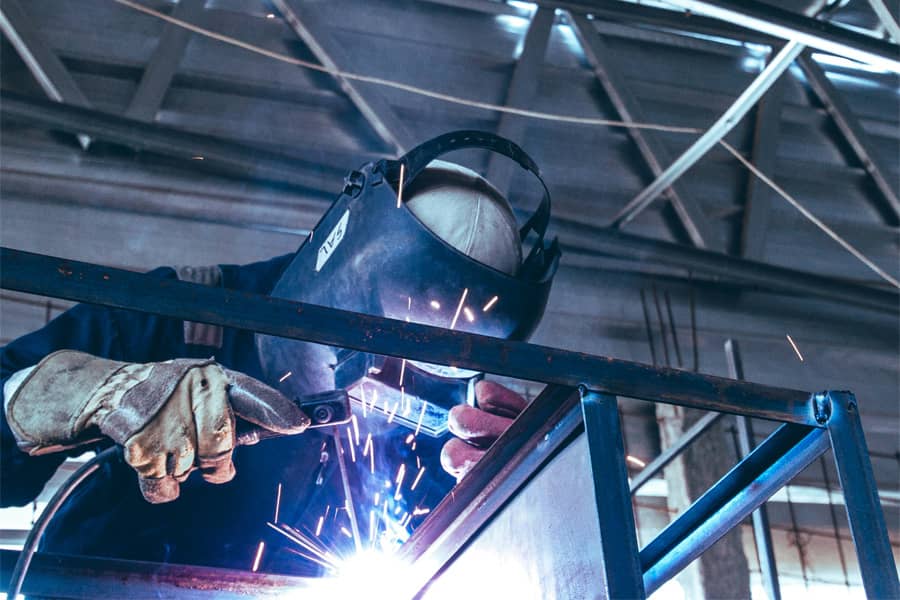Welding as a technique to join metal has been around since the Bronze age. There are many different types of welding processes such as gas welding, arc welding, friction welding, spot welding, MIG and TIG to name a few. Today the two most common processes are MIG and TIG; this blog post will examine those two different processes, and why and where they are commonly used.
MIG (metal inert gas) welding is by far the most commonly used process today. Think of MIG welding like a “hot glue gun” for metal. It can be easily taught and a beginner can start to put welds to metal very quickly. MIG welding has two main settings: heat and wire speed, which are controlled by machine settings and the physical speed the welder goes. MIG welding is typically cost-effective, and commonly used in production, industrial, and repair settings.
TIG (tungsten inert gas) welding is very different from MIG welding. TIG welding is a slower process that requires a skilled hand. Unlike MIG welding, TIG takes more time to learn and produces cleaner and stronger weld connections. TIG is more commonly used in applications that require a visually “neat” weld connection, such as decorative metals, and would be the best choice for welding thinner material. Personally, I enjoy TIG welding because post-weld clean-up is not needed (whereas MIG welding produces some “splatter” that must be addressed), it’s a great time to zone out to some music and get into the TIG Zen zone ;), and TIG is a challenging process that really showcases the skills of a talented welder.
At EA-Craftworks we can help with all your MIG or TIG needs, but we take special pride in our tricky TIG projects!
Check out our portfolios to see some examples of our work.
Connect with us on Facebook or through our website for more information.
